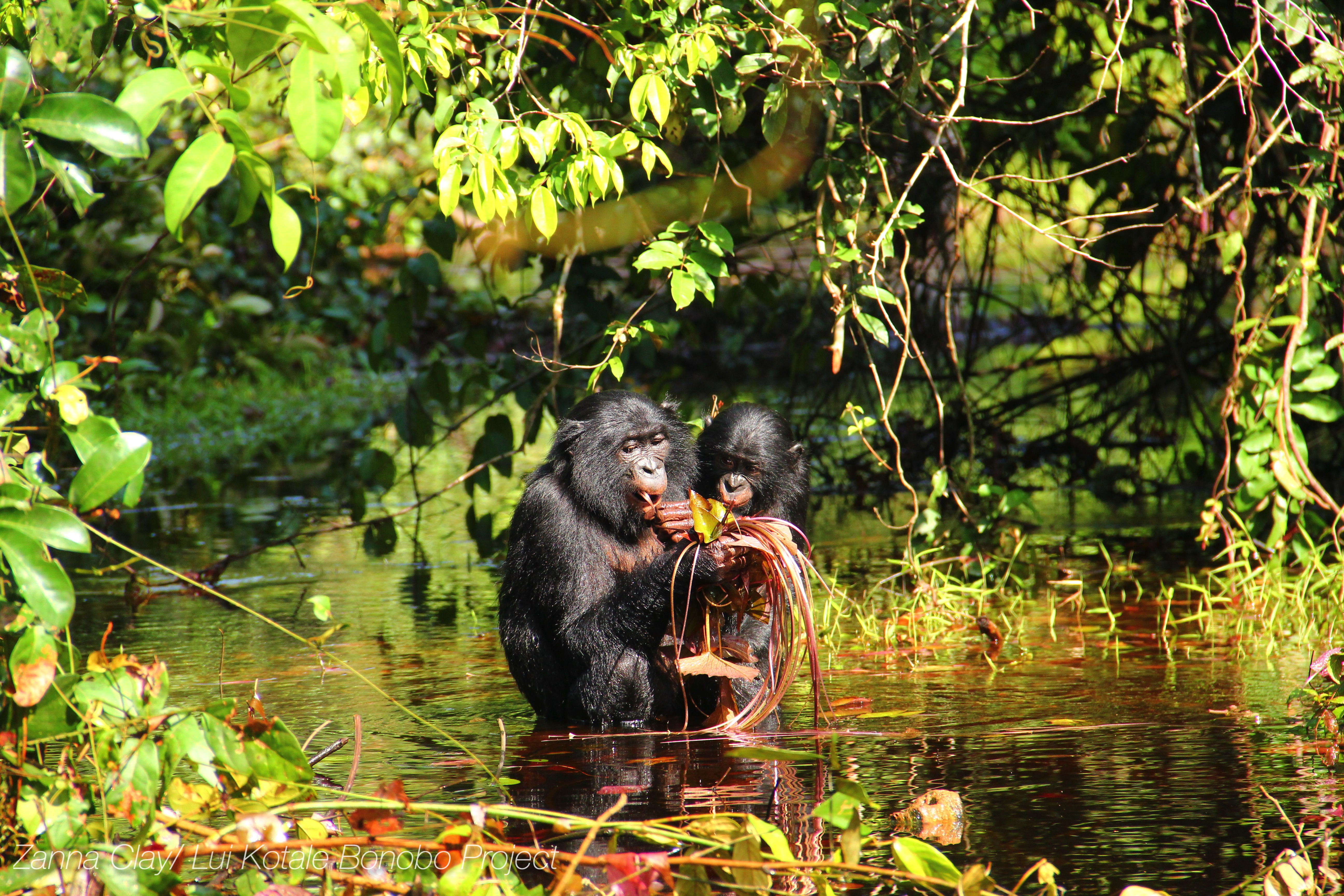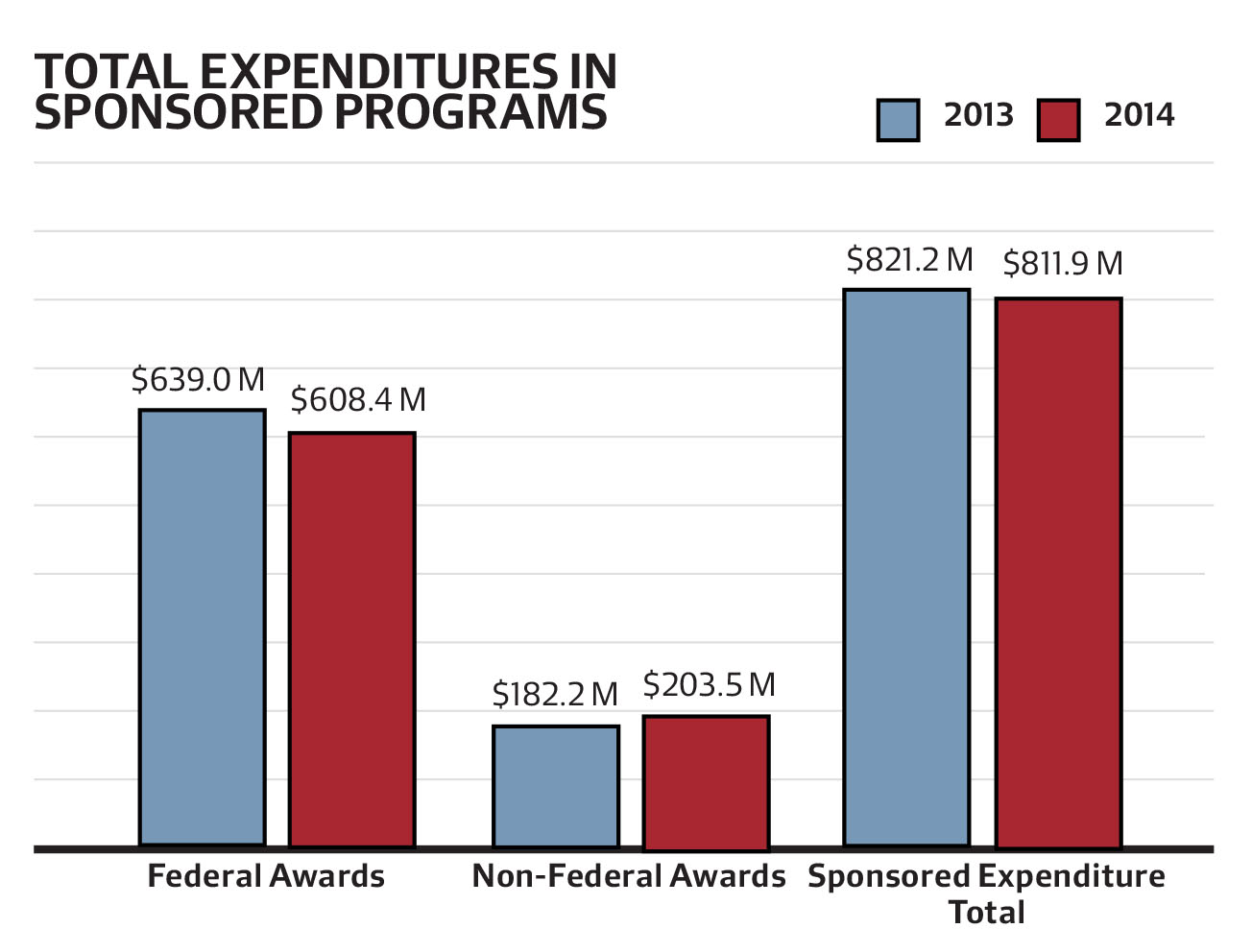
Bonobo Communication: Insights into Animal Language
Bonobo communication is a fascinating study that reveals just how similar these remarkable apes are to humans when it comes to vocalizing. Research indicates that bonobos, our closest living relatives, utilize complex vocalizations that may consist of word compounds and phrases, demonstrating a level of social complexity that was previously unrecognized. These findings expand our understanding of animal vocalizations, suggesting that the roots of language precede human evolution, and hint at the potential for compositionality in animals. By using innovative techniques borrowed from human linguistics, scientists have compiled a ‘dictionary’ of bonobo calls that reflects their intricate social bonds and communication patterns. As we delve deeper into bonobo language study, we uncover not just how they communicate, but also the profound implications for our understanding of human language origins.
The exploration of communication within bonobo societies reveals a wealth of insights regarding their vocal behaviors. This enlightening research into their animal language goes beyond mere sounds, highlighting the nuanced ways in which they signify complex social interactions. By examining vocal combinations and the meanings behind them, researchers are uncovering the intricacies of social connectivity among bonobos, which aligns closely with foundational theories of how human language may have evolved. The study of these dynamic interactions sheds light on the social complexity in bonobos, fostering a richer understanding of the ties that bind their communities. Ultimately, insights gained from such comparative animal communication studies not only enhance our knowledge of bonobo relationships but also provide valuable context for the evolution of sophisticated language in humans.
The Fascinating Dynamics of Bonobo Communication
Bonobos possess a unique vocalization system that mirrors human communication in intriguing ways. Researchers have discovered that these animals use a blend of calls that can be likened to word compounds and phrases found in human languages. This advanced form of communication helps bonobos navigate their complex social structures, allowing them to convey nuanced meanings about their social interactions. For instance, a bonobo’s whistling call not only directs its group but also indicates specific social situations, providing insights into the cognitive functions of these remarkable primates.
The intricate blending of sounds, such as peeps, yelps, and whistles, highlights the bonobos’ ability to communicate more than just basic needs. Their vocal behaviors, observed during a meticulous eight-month study, suggest that these vocalizations serve multiple purposes, from warning group members of a predator to signaling a shift in group dynamics. This complexity in vocal expressions sheds light on how language may have evolved alongside social structures in both bonobos and humans, suggesting an underlying root of language that predates our own.
Bonobo Language Study: Unveiling Compositionality
Recent studies on bonobo communication have revealed compelling evidence of compositionality in their vocalizations. This concept, which refers to the ability to form new meanings through combinations of vocal elements, parallels how humans construct elaborate sentences from individual words. Researchers utilized linguistic techniques to analyze the bonobos’ calls, leading to a groundbreaking understanding of how these animals communicate complex social information. The formation of a ‘dictionary’ of bonobo sounds illustrates their capacity for advanced communication that reflects social needs and relationships.
The evidence points to a significant correlation between social complexity and vocal complexity in bonobos. As these animals form intricate social bonds and navigate their relationships, their vocalizations become richer and more diverse. Just like humans use phrasing to justify complex ideas, bonobos exhibit similar patterns. This discovery not only enhances our understanding of bonobos but also provides vital clues regarding the evolution of human language, positing that shared characteristics can be traced back to a common ancestor.
Examining the parallels between the vocal expressions of bonobos and humans invites deeper contemplation about the fundamental origins of language itself. Researchers argue that investigating bonobo communication can illuminate aspects of human evolution language, revealing how our ancestors might have developed similar strategies for effective social interaction.
Animal Vocalizations: Understanding the Nuances
Animal vocalizations are often underestimated in terms of complexity and intention. Bonobos provide a fascinating case study of how vocal sounds can convey rich social meaning, just as they do in human communication. The bonobos’ diverse repertoire of calls serves various social functions, such as signaling alarm or coordinating group movements, demonstrating a level of sophistication akin to human speech patterns. This ability to produce distinct sounds for specific contexts emphasizes the intelligence inherent in animal vocalizations.
Moreover, the study of bonobo vocalizations has broader implications for understanding social interaction across species. By examining how these animals express themselves vocally during different social situations, researchers can better appreciate the motivations driving animal communication. Understanding these nuances allows for a more profound awareness of animal behavior and paves the way for further examination and study in the field of animal linguistics.
The Role of Social Complexity in Bonobos
Social complexity is a critical component of bonobo societies, influencing their communication methods. Bonobos maintain intricate social relationships characterized by flexibility and cooperation, often splitting into smaller groups before reuniting. This dynamic social structure necessitates a sophisticated communication system to facilitate interactions over distances. Their vocalizations, divided into categories such as peeps and whistles, help navigate these social ties, indicating that vocal complexity serves as a tool for maintaining social cohesion.
The link between social organization and communication highlights the evolutionary significance of vocalization in bonobos. Communication systems may evolve in response to specific social needs, and in bonobos, this seems evident as it fosters an environment conducive to strong social bonds. By studying such interactions, researchers can gain insights into the social complexity present in other species, including humans, and how these connections may inform our understanding of social cooperation in evolutionary biology.
Links Between Human Evolution and Bonobo Communication
The study of bonobo communication provides vital insights into human evolutionary processes. As our closest living relatives, bonobos share many characteristics that offer clues about the development of human language. Because both species utilize sophisticated vocalizations in complex social settings, exploring these similarities can unveil essential connections between animal communication and human linguistic capabilities. The shared ancestry between humans and bonobos likely contributes to the rudiments of language that exist within both species.
Understanding how bonobos use vocalization to convey complex social messages sheds light on the evolutionary pathways that might have led to the development of human language. By examining the compositionality present in bonobo calls, researchers can formulate hypotheses regarding how early humans may have communicated through similar methods. The interplay between language and social organization in bonobos can offer a window into the dynamics that shaped human language evolution and highlight the importance of social relationships in linguistic development.
Exploring Compositionality in Animal Communication
Compositionality, the principle through which elements combine to generate greater meaning, is not only a hallmark of human language but also evident in bonobo communication. This study demonstrates that bonobos can create meaningful vocalizations through the combination of different sounds, allowing them to express a variety of social contexts. By documenting these combinations and their resulting meanings, researchers are beginning to understand the structures that underpin animal language systems. This realization challenges the idea that such sophisticated communication is unique to humans.
Exploring how compositionality manifests in bonobos invites comparisons with other species, including chimpanzees, that exhibit similar communicative behaviors. By examining these patterns across different animals, researchers can enhance their understanding of the evolutionary development of complex communication systems. The implications extend beyond bonobos, encouraging a reevaluation of how we perceive the cognitive abilities of non-human animals and their capacity to navigate intricate social worlds.
Implications of Bonobo Research on Animal Communication
The recent findings from bonobo communication studies carry significant implications for the broader field of animal communication research. With the establishment of a systematic ‘dictionary’ of bonobo calls, scientists can apply this methodology to other species, quantifying vocal repertoires and their meanings. This innovation opens avenues for comparative studies between different animals, allowing for a more comprehensive understanding of how communication systems evolve in response to social structures, regardless of species.
By grounding animal communication studies in rigorous methodology, researchers can shed light on the cognitive abilities of animals in a manner that parallels the study of human language. The ongoing investigation into bonobo vocalizations emphasizes the necessity of recognizing complex communication in various animal species, encouraging conservation efforts and efforts to understand their behavioral ecology. This could redefine our approach to human-animal interactions and how we value animal communication systems.
Impacts of Communication on Bonobo Social Structure
Bonobo communication greatly impacts their social structure, enhancing their ability to maintain relationships within their groups. The vocal behaviors of bonobos are not just means of expressing immediate needs; they are fundamental in forging and reinforcing social bonds. For example, vocal signals produced during group reunions serve to strengthen alliances and communicate social hierarchies. The complexity of their communication facilitates dynamic interactions, allowing bonobos to navigate shifting social landscapes.
The impact of these vocalizations on bonobo social bonding is paramount to their overall social cohesion and stability. This phenomenon reflects a broader trend observed in species with complex social systems, where effective communication fosters tighter-knit communities. Understanding how bonobos utilize vocalizations to navigate their social environments highlights the importance of communication in evolutionary biology and can provide insight into the dynamics of other social animals, including humans.
Future Directions in Bonobo Communication Studies
As research into bonobo communication progresses, the future holds exciting prospects for deeper insights into both animal and human language. The methodologies employed in recent studies provide a solid foundation for further exploration of vocal intricacies in bonobos, as well as their implications for understanding broader patterns of communication in the animal kingdom. By expanding these studies to different habitats and contexts, researchers can gain a more nuanced understanding of how environmental factors influence bonobo vocal behavior.
Future studies may also delve deeper into the parallels between bonobo communication and human language development, exploring how compositionality manifests in varying contexts. This could not only enrich our understanding of bonobo social structures but also interrogate our assumptions about language origin, potentially leading to breakthroughs in how we conceptualize language evolution. Overall, as we learn more about bonobos, we can further unravel the complexities of language and communication, paving the way for revolutionary perspectives on both animal and human interactions.
Frequently Asked Questions
What can we learn about bonobo communication from recent studies on their vocalizations?
Recent studies on bonobo communication reveal that these primates use a complex system of vocalizations similar to human language. Researchers have compiled a ‘dictionary’ of bonobo calls, showcasing their ability to form word compounds and phrases that convey intricate social meanings. This suggests that bonobo language study can provide insights into the evolution of human communication.
How do bonobos demonstrate social complexity through their vocalizations?
Bonobos exhibit social complexity through their diverse vocalizations which facilitate communication within their groups. For instance, they use specific calls to coordinate movements and convey emotions or social situations. This ability to vocalize different meanings reflects the intricate social bonds in bonobo communities, highlighting how social complexity in bonobos parallels linguistic complexity.
What is ‘compositionality’ in relation to bonobo communication?
Compositionality in bonobo communication refers to their ability to combine various vocalizations to create new meanings, much like how humans use language. This phenomenon has been observed in their calls, where different sounds convey specific contextual meanings, indicating that they possess a level of linguistic structure, critical for the study of animal vocalizations.
Can bonobo communication provide insights into human evolution and language?
Yes, the vocal patterns and communication strategies of bonobos can significantly contribute to our understanding of human evolution and the development of language. As bonobos and humans share a common ancestor, studying their communication sheds light on the roots of human linguistic abilities and the evolution of social interaction.
How does the study of bonobo vocalization compare to other primates like chimpanzees?
The study of bonobo vocalization has revealed a more comprehensive analysis of their entire vocal repertoire compared to research on chimpanzees, which often focused on single-call combinations. Bonobos demonstrate a high level of compositional complexity in their communication, resembling features found in human language, which is less evident in species with simpler social structures.
What methods are researchers using to analyze bonobo vocal communication?
Researchers are employing methods from human linguistics to rigorously analyze bonobo vocal communication. This includes cataloging vocalizations and their contexts to create a systematic understanding of their meanings and effects on social dynamics within the group, enhancing our knowledge of how bonobos communicate in their social environments.
How does bonobo vocalization impact group dynamics in the wild?
Bonobo vocalization plays a crucial role in maintaining group dynamics by facilitating coordination among individuals over distance. Calls signal various social contexts and emotions, allowing bonobos to navigate complex social situations effectively, which is essential for their survival and social cohesion.
| Key Points |
|---|
| Mia, a young female bonobo, vocalizes to communicate with distant group members. |
| Bonobos utilize word compounds and phrases similar to humans, indicating a complex communication system. |
| The study reveals that the roots of language predate humans, suggesting a long-held evolutionary link between vocal and social complexity. |
| Bonobos can coordinate group movements through specific vocalizations, which indicate social situations. |
| A ‘dictionary’ of bonobo vocalizations was created, showing meanings and sequences that indicate compositionality. |
| Research findings suggest that both bonobos and humans exhibit complex patterns of social organization through vocal communication. |
Summary
Bonobo communication reveals remarkable similarities to human language, highlighting complex social interactions among these primates. By studying their vocalizations, researchers have discovered that bonobos use compound words and phrases, enabling them to convey intricate social information effectively. This underscores the idea that the evolution of language may have deeper roots than previously thought, with compositionality as a shared trait between bonobos and humans, illustrating our close evolutionary connection.









